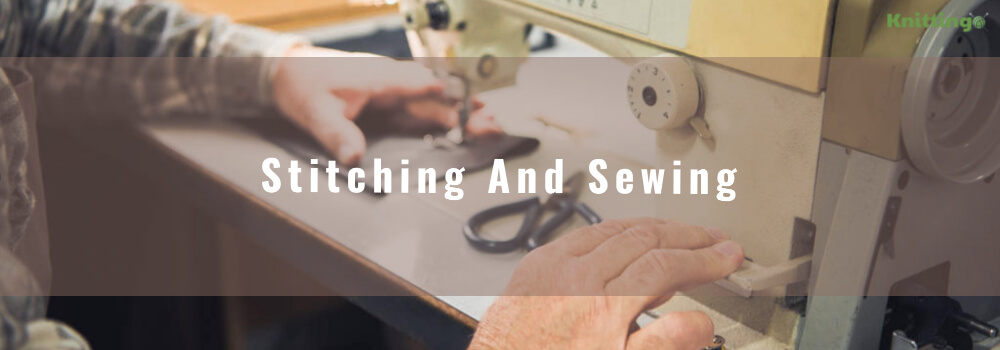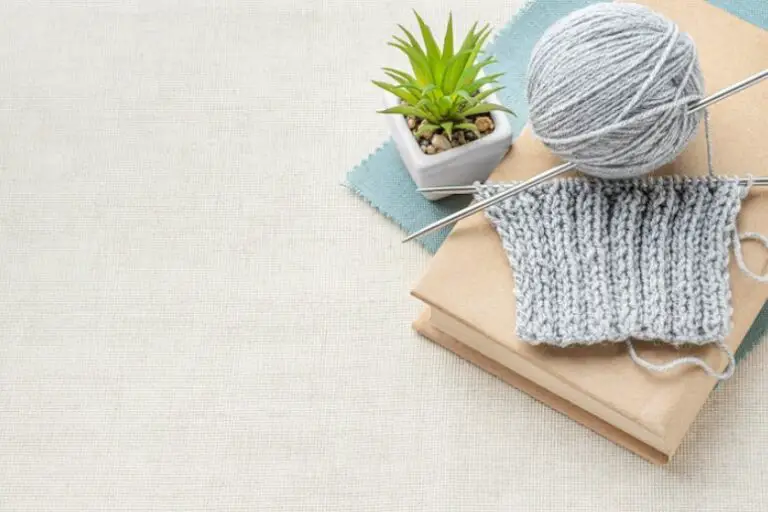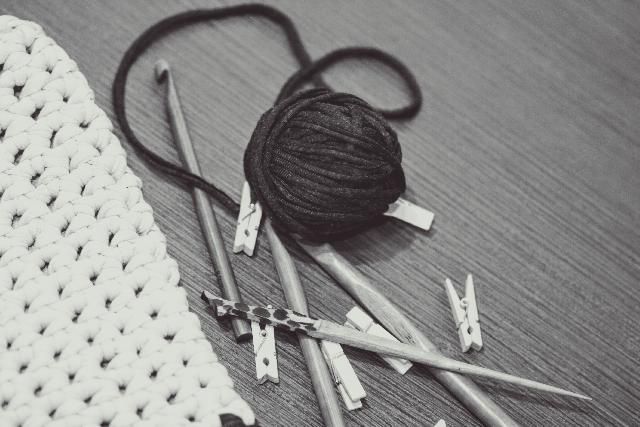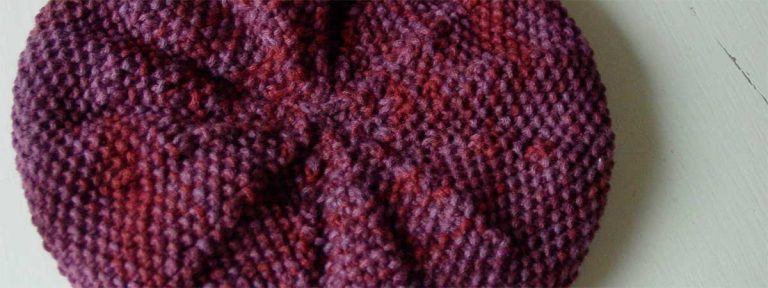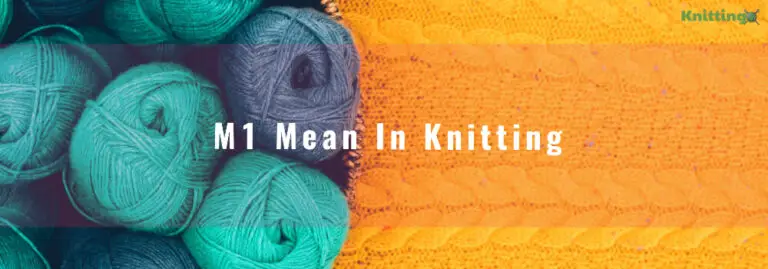Various reasons make your sewing machines keep jamming, but the most common one is feed dogs. They are the tiny teeth that usually move the fabric under the sewing machine’s needle. When the feed dogs hold lint and debris or are too low, then there is a possible risk of your sewing machine getting jammed. The same case applies when the presser foot is too low than the feed dogs. Jamming results as the material won’t move across the machine.
The moment there is a whirling sound when you press down the foot pedal, and there is no movement, it’s no doubt that your sewing machines have jammed. It doesn’t matter if you are a professional, enthusiast, or a newbie in the textile industry. There are common sewing machine problems you need to understand. However, some are unique to certain machines, and the repair might be specific to that brand model.
That’s why it is advisable to keep your operational manual safe. Nonetheless, jamming is a common problem for all sewing machines, and you better be prepared for it. In this article, we will talk about the major causes and possible ways to resolve such issues.
The Solution To A Sewing Machine That Keeps Jamming
When your machine jams, lift the presser foot and clean thoroughly any debris in feed dogs. Ensure they are elevated at a raised level enabling proper grip of the material. Adjust your presser foot against your sewing machine feed dogs properly. Check your machine needle before proceeding with your work.
Other Major Causes That Jam Your Sewing Machines And Their Solutions
Lack Of Tension On The Upper Thread
You might think the major problem with your machine is a big tangled mess of thread in the bobbin under the fabric. But, it may be the lack of enough tension in the upper yarn causing the jam. Lack of necessary pressure for pulling up the line will force your machine to jam.
Solution: To solve such a problem, you need to lift the presser foot, then re-thread your needle according to your manufacturer’s instructions. Get your operational manuals and read through the instructions first, and apply the same.
The Needle Is Broken, Blunt Or Bent
Your sewing machine can suddenly stop working, probably due to a broken, blunt, or bent needle. Such issues typically stop the thread from going across the fabric.
Solution: Scrutinize your machine needle if it’s broken, blunt, or has any deformities. If there is any, then you need to replace it with a new one. Ensure you are using the correct needle type and size for your machines. It should also be suitable for that specific project simply because this might be an underlying cause for jamming problems you often face.
Low-Quality Threads
Don’t take lightly the issue of the quality of the thread you are using for your projects. It can be the cause of many bothersome problems with your machines. The low-quality yarn might cause the shredding of lint that can be stuck easily within the mechanics of your appliance, making it jammed. Thread with lousy quality is liable to knotting and breaking, which affects your sewing machine’s performance. It can slow it down and, even worse, ruin your projects.
Solution: Ensure you invest in a good quality thread suitable for the project as per the manufacturer’s recommendation. It may be expensive than the lower quality one. But, it will ensure your work runs smoothly without interruption issues such as jamming caused by a low-quality thread.
Your Machine Is Clogged At Someplace Or Point
Generally, a machine can clog at some point due to lint, dust, or other debris getting stuck in the middle of your appliance. It is the main reason you are supposed to clean your machine periodically from any gunk or dust stuck while working on numerous projects.
Solution: You might need to turn off your machine, un-thread it, and conduct a thorough cleaning, especially its working mechanisms. You can blow out or use a small brush to remove any stick lint, dust, and others. Regular oiling of the metal part of your machine is highly recommendable for seamless performance.
To blow out any residue from the bobbin area, try using canned air. To stop more occurrences, plan monthly oiling and cleaning of your machine. If you usually sew daily, it will be a good idea to perform the maintenance and cleaning more often.
The Handwheel Don’t Turn Properly
The Handwheel usually controls the needle and take-up lever. When it doesn’t work well, it’s crucial not to force turning it since it might cause you more harm than good.
Solution: Turn the knob within your Handwheel, especially if you are using the older model. Its positioning might prevent your Handwheel movement. You can also remove the bobbin compartments and check it cases if there is any dust. Afterward, oil it or spray to cleaning using the compressed air. Gradually turn the Handwheel gently while the bobbin compartment is still detached; if its turns, you are good to go. Reinstall the bobbin compartments and turn the Handwheel once more; if it is working, continue with your projects.
What Causes A Sewing Machine To Lock Up?
Your sewing machine can lock easily due to bunched-up threads in the shuttle race. Lift the needle up and out of your shuttle race by moving the Handwheel backward and forward. You can as well remove the hand from its clamp. Clear the threads, pull the fabric away, and clean the lint plus debris out of the shuttle race. Since they might stop the needle from hooking the yarn, causing the thread to bunch up in the shuttle race, therefore, jamming the needle. Proper cleaning prevents your machine from locking up.
But, when you begin sewing and threads bunch up again immediately after cleaning, adjust the needle and shuttle hook. You need the professional serviceman to change it using the unique tool required to synchronize the needle’s shuttle hook.
What Is The Cause Of Skip Stitches In A Sewing Machine?
If your sewing machine starts skipping stitches, the cause probably might be using the wrong type of needle to sew curtain fabric. The result causes jamming in your machines which is even far much worse. We recommend using a sharp needle for a woven fabric and ball pointed arrow for a knit material. However, this might not fully solve the problem if other factors come into play.
Suppose you have to change your sewing needle often when your machine doesn’t have a problem! It means you’re forcing the fabric along with the sewing procedure other than allowing the appliance to feed the material itself. The other cause of skipped stitches might be the bent needle. Which usually occurs when one forces the fabric to stitch.
Indeed, a sewing needle is the essential part of your sewing machine, even if it’s the smallest one. Take your time to learn more and understand everything about sewing machine needles before using them on various fabrics. The solution is using the correct needle for every project you undertake, which should also match with your machines.
When Should I Adjust The Tension On My Sewing Machine?
People are generally afraid to adjust sewing machine tension if the stitches are not good. They are not sure if an adjustment will genuinely work or bring more problems. We urge you not to hesitate to make any tension adjustments since they are necessary sometimes. Specific issues will prompt you to adjust the tension on your machine like;
When There Is A Need For Robust Stitches
Adjustment of sewing machine tension is managed using devices that separately control the bobbin and the needle thread. Which also put different amounts of strength on the limited yarns to form a balanced and robust stitch. You have to tighten or loosened your sewing machine tension to affect the bobbin thread, needle thread, or both.
When There Is A Need For Balanced Machine Stitches
Usually, your machine’s stitches should be similar on both sides if you sew patchwork pieces jointly or if your machine quilts along the quits top, backing, and batting. If the stitches are balanced, they will be similar spaces on both ends of your project, with threads lying flat in their fabric sides. The slight knot in between the stitches should be invisible, buried in the layers.
When any thread pulls out of the seam quickly when you tug at it, it means there is a sewing machine tension problem.
If the bobbin thread is visible on the top of your fabric– it means a couple of thing like;
1. The tension which manages the thread coming along the needle is too strong, thus pulling the bobbin thread to the top.
2. The tension which manages the thread moving out of the bobbin is too weak, enabling the needle thread tension to take charge.
If needle thread is visible on the bottom end of your fabric– such case might mean;
1. The tension that manages the thread moving out of the bobbin is too strong, pulling the needle thread to the lower side.
2. The tension that manages the thread moving along the needle is weak.
The solution to both cases is factual, like turning the screw counterclockwise a quarter or less isn’t truly helpful. You need to troubleshoot such issues before making any changes to your machine bobbin or needle tension setting. Use your sewing machine manuals and follow the troubleshooting process keenly.
Final Thought
Jamming is the major issue with sewing machines, majorly caused by feed dogs. When you experience such problems, try to fix the appliance by cleaning it and adjusting the pressure foot accordingly. However, if you have tried everything we have listed here correctly without success, consider getting your machine for repair by an expert. The expert will advise you of the possibility of repairing it and the cost. At this point, you will need to make your mind whether to repair or purchase a new one depending on the repairing cost and time taken.

